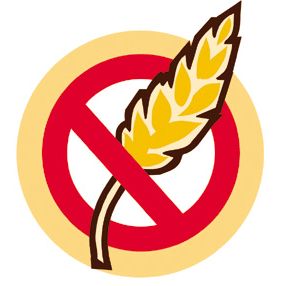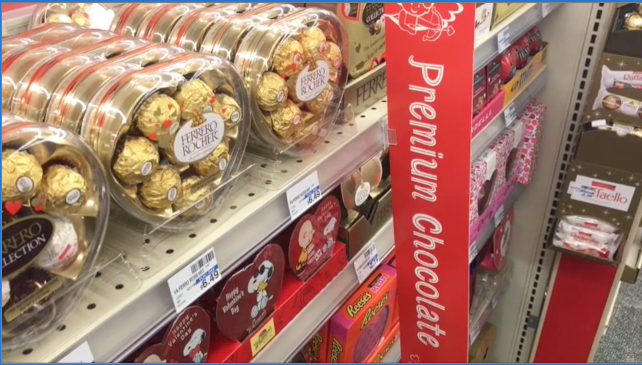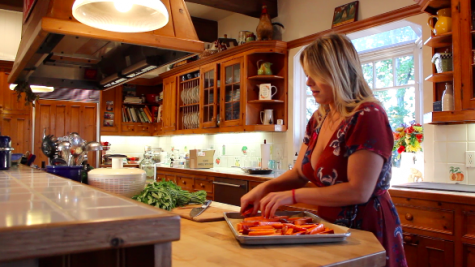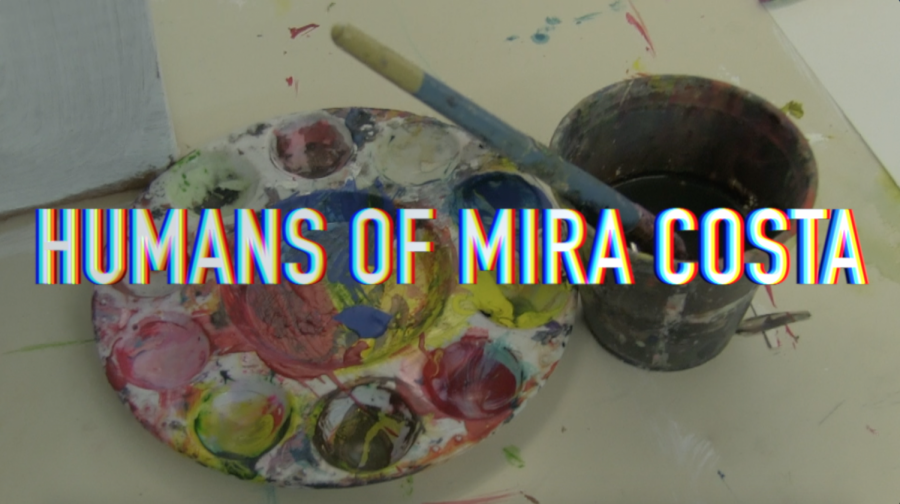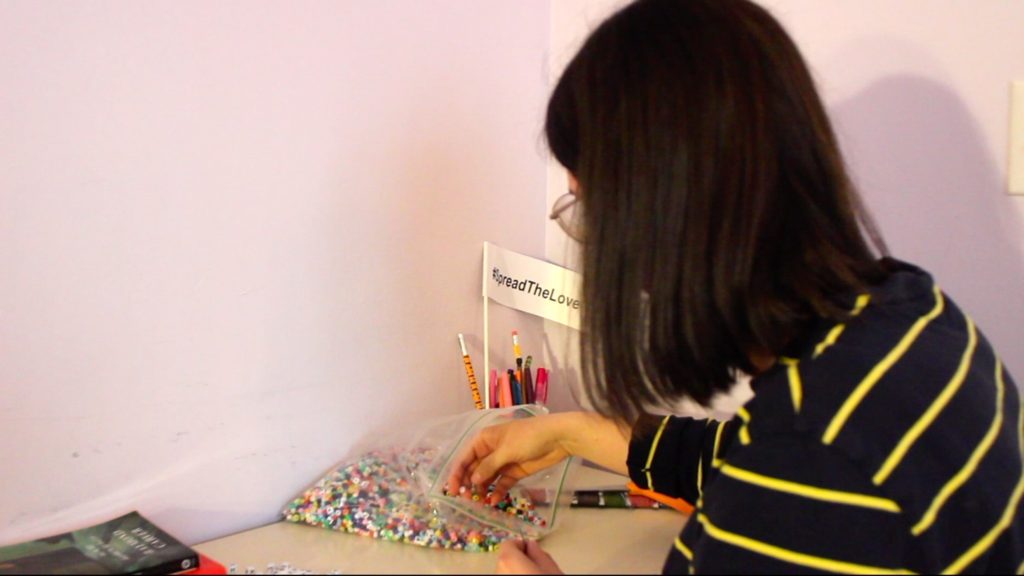Lately, I’ve noticed more and more people going “gluten-free”. When I first heard about the “gluten-free” diet, I had no clue was gluten even was; I had never heard the word before. After hearing a third person mention this diet I decided to look it up. I found that gluten is a protein that is found in wheat, rye, barley, and some soy products. It’s responsible for the elastic texture and the rising of bread. My first thought after researching this was; “Why would anyone want to live a life without bread or pastries?!”
This type of diet seemed ridiculous to me at first, but as I talked to different people who were on it, I saw that all of them had their own individual and different reason for being on this eating plan. Some were doing it to lose weight while others actually needed to for health reasons. Two people who are on the gluten free diet that I spoke to can not eat gluten products because their bodies do not know how to digest it, causing them to become very ill. The disease they have is called Celiac Disease. If someone with this disease were to eat a product containing even trace amounts of gluten, their bodies’ immune systems would start harming their intestines instead of helping them digest food.
Other people that I talked with have an allergy to gluten, or a gluten-intolerance. If these people eat gluten, their skin breaks out, they may have mood swings, low energy, or become very bloated.
Finally, the third type of people I talked to about this diet were the ones that were on it to lose weight. Some have found that by excluding bread and pastries from their diets they have lost weight. This seems like common sense, but one of the things that many on this diet don’t realize is that a lot of the substitutes for wheat and flour are just as bad… Many times, those on gluten free diets use corn and rice based products as substitutes. Too much of those two products can lead to weight gain just as easily as wheat and flour did and are oftentimes nutrient deficient. The cereal pictured below is gluten free, but contains less than the recommended amount of protein (7 grams) and more than than the recommended amount of sugar (5 grams) for a cereal.
So in the end, I concluded that if one decides to try the gluten free diet, it is important to not to immediately substitute the breads, pastries, etc. for corn and rice products, but to incorporate more fruits, vegetables, nuts, and beans in their diet instead. Some good, gluten free carbs and protein foods include quinoa and buckwheat. There are also many other alternatives that have risen with the spread of awareness for gluten intolerance so now one can find alternative baking flours like coconut and almond flours in supermarkets. Many products also mark their labels with the gluten free symbol or initials on the box.
For a list of healthy alternatives and substitutes for gluten based products, check out
http://allrecipes.com/recipes/healthy-recipes/special-diets/gluten-free/
Some specific gluten free recipes I have found, tried, and think are quite palatable and simple to make are these:
http://slimpalate.com/zucchini-fritters-paleo-grain-free-gluten-free/
http://pamelasalzman.com/acai-bowl-recipe/ (but with a gluten free gronola or no gronola at all)
http://allrecipes.com/recipe/red-quinoa-and-avocado-salad/
For more information on gluten and the gluten free diet: http://www.livescience.com/39726-what-is-gluten.html



